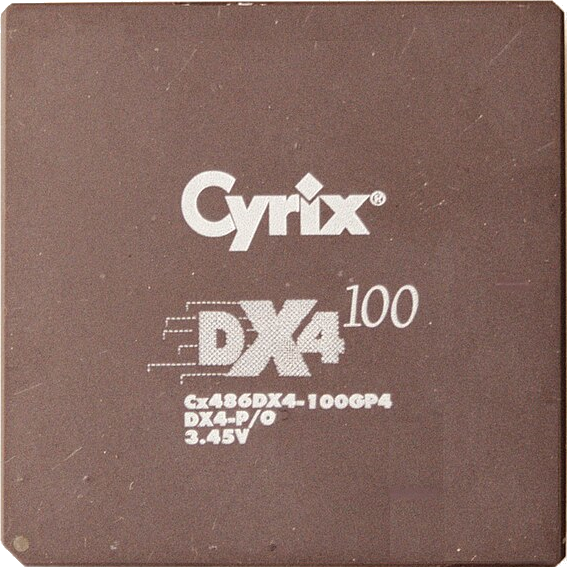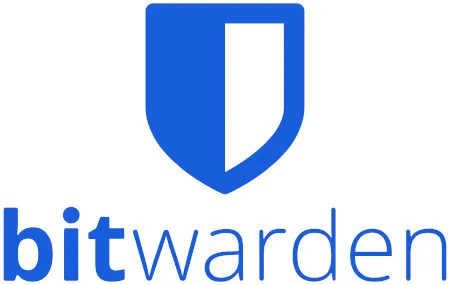

or a domain with a random string of characters so no one could reasonably guess it? Does it matter?
That does not work. As soon as you get SSL certificates, expect the domain name to be public knowledge, especially with Let’s Encrypt and all other certificate authorities with transparency logs. As a general rule, don’t rely on something to be hidden from others as a security measure.


The script appears to be missing the
#!line. Without that, it is unclear which interpreter should be used for executing the script.